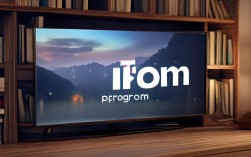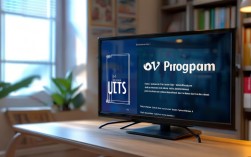Transport in IELTS Speaking
Transportation is a common topic in IELTS Speaking, especially in Part 1 and Part 2. It touches on daily routines, preferences, and experiences, making it relatable for many test-takers. To excel in this topic, candidates should focus on vocabulary, fluency, and coherence while providing personal examples.

Key Vocabulary for Transport
Using precise and varied vocabulary can significantly enhance your score. Here are some essential words and phrases categorized by theme:
| Theme | Vocabulary |
|---|---|
| Types of Transport | Public transport (bus, subway, tram), private car, bicycle, scooter, ferry, train |
| Verbs | Commute, travel, ride, drive, board, alight, transfer, overtake |
| Adjectives | Convenient, efficient, affordable, congested, punctual, eco-friendly, crowded |
| Phrases | Rush hour, peak times, traffic jam, season ticket, carbon footprint, traffic rules |
Part 1: Common Questions and Answers
In Part 1, the examiner asks simple, personal questions. Here’s how to structure answers:
Q: How do you usually travel to work or school?
A: I typically take the subway to work because it’s the most efficient option in my city. The train station is just a five-minute walk from my home, and the subway avoids traffic congestion, which saves me a lot of time during peak hours.
Q: Do you prefer public transport or driving?
A: I prefer public transport for daily commutes. Driving can be stressful due to traffic jams and parking issues. However, I enjoy driving for long trips or weekend outings when I have more flexibility.
Part 2: Long Turn Cue Card Example
Describe a memorable journey you took using public transport.
You should say:
- Where you were going
- What type of transport you used
- Why it was memorable
- How you felt about the experience
Sample Answer:
One memorable journey I took was a train trip from Beijing to Xi’an last summer. I chose the high-speed train because it’s fast and comfortable. The journey took about four hours, and the train was equipped with Wi-Fi and spacious seating. What made it memorable was the stunning scenery outside the window—rolling green hills and small villages passed by. I also met a fellow traveler who shared stories about Xi’an’s history, which made the time fly by. Overall, it was a pleasant and enriching experience, combining convenience with cultural exchange.
Part 3: Discussion and Opinion
In Part 3, the examiner asks deeper, abstract questions. Here’s an example:
Q: Do you think public transport will replace private cars in the future?
A: It’s possible, but not entirely. Public transport is becoming more efficient and eco-friendly, with cities investing in subways and electric buses. However, private cars offer convenience and flexibility, especially in rural areas where public transport is limited. A shift toward hybrid systems—combining public transport with car-sharing services—seems more realistic.
Q: How can governments reduce traffic congestion?
A: Governments could implement several measures. First, improving public transport infrastructure, such as expanding subway lines and increasing bus frequencies, would make it a more attractive option. Second, congestion pricing—charging higher fees for driving in city centers—could discourage unnecessary car use. Finally, promoting cycling and walking through dedicated lanes and safety campaigns would help reduce reliance on cars.
FAQs
Q1: What tenses should I use when talking about past transport experiences?
A1: Use past simple for completed actions (e.g., "I took the bus yesterday"), past continuous for ongoing actions (e.g., "I was waiting for the train when it started raining"), and present perfect for experiences relevant to the present (e.g., "I have never missed a flight").
Q2: How can I improve my fluency when describing transport?
A2: Practice linking ideas with transition words (e.g., "however," "moreover," "as a result"). Use personal anecdotes to keep the conversation natural. Record yourself speaking and review for hesitations or repetitive phrases. Regular practice with transport-related topics will build confidence.











